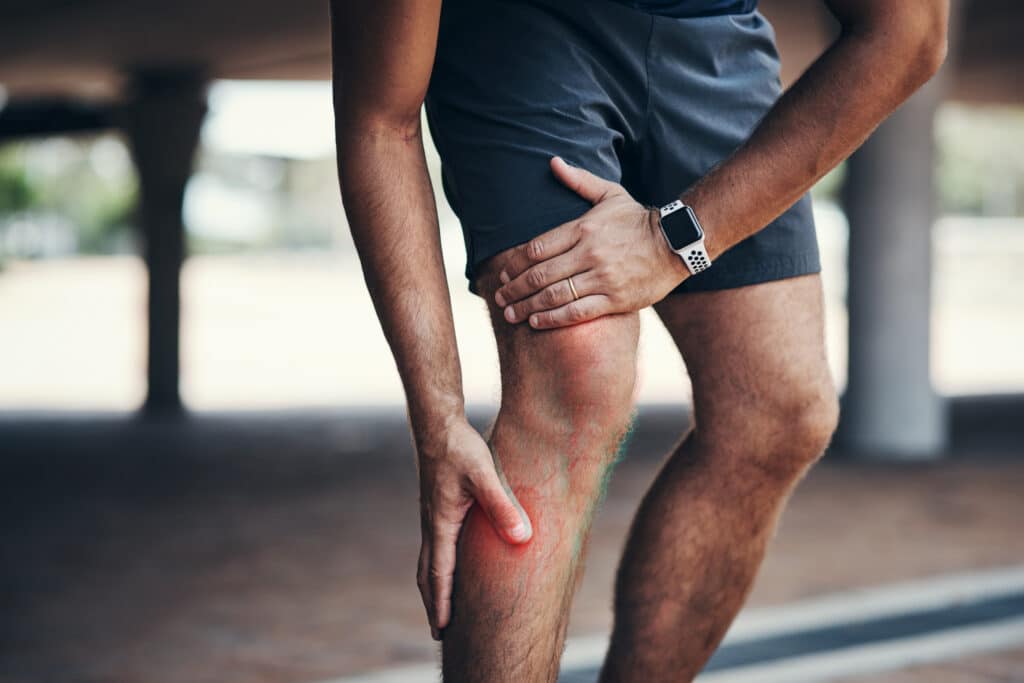Medial tibial stress syndrome (MTSS) is a common overuse injury that affects people who engage in activities such as running, dancing, or jumping. As a result, it causes significant pain and discomfort in the lower leg region. If you are struggling with MTSS, do not despair. In this blog, we will explore the best ways to treat MTSS, working closely with physiotherapists, and chiropractors to ensure you receive tailored care for your symptoms and the best treatment for your shin splints.
Rest and Ice
One of the most fundamental techniques for treating MTSS is to allow your body to rest and reduce inflammation by applying ice to the affected area. This will relieve pain and enable your body to heal. You should avoid activities that aggravate your symptoms until there is a notable improvement. Rest and ice should be used in rotation for at least 48 hours following MTSS symptoms.
Physiotherapy
Physiotherapy is a widely recognized method for treating MTSS. A physiotherapist will evaluate your condition, identify the cause of the symptoms, and design a rehabilitation program tailored to your needs. This could include exercises to strengthen specific muscles, stretching, acupuncture, and massage. Regular visits to your physiotherapist will ensure that your progress is monitored and any adjustments necessary in your rehabilitation program can be made.
Chiropractic Care
Chiropractic care is another effective treatment option for MTSS. This treatment works by manipulating the bones and joints in your lower leg to improve the movement of your tissues, relieve pain, and improve your range of motion. Your chiropractor will customize a treatment plan specific to your individual needs, which may include joint mobilization, spinal manipulation, and active release therapy. Osteopaths also help with shin splints!
Footwear and Orthotics
Footwear can have a big impact and greatly aid MTSS recovery. New and supportive shoes with good arch support are incredibly helpful. Additionally, orthotics can be used in your shoes to provide extra support until the pain decreases. A podiatrist can prescribe custom orthotics to support your feet and control the movement of the arch. They may also recommend exercises, stretches, or other treatments to help with pain and prevent the MTSS from returning.
Fortunately, there are several treatment options available for people suffering from MTSS. Resting and icing the affected area, combined with physiotherapy, chiropractic care, footwear, orthotics, and more, will provide the care you need. Visiting a healthcare professional who can recommend the best treatment options to alleviate your symptoms is key. It is essential to remember that prevention is always better than cure, so avoiding overuse, maintaining a healthy weight and being safe on all sports equipment is crucial for avoiding MTSS in the future.


